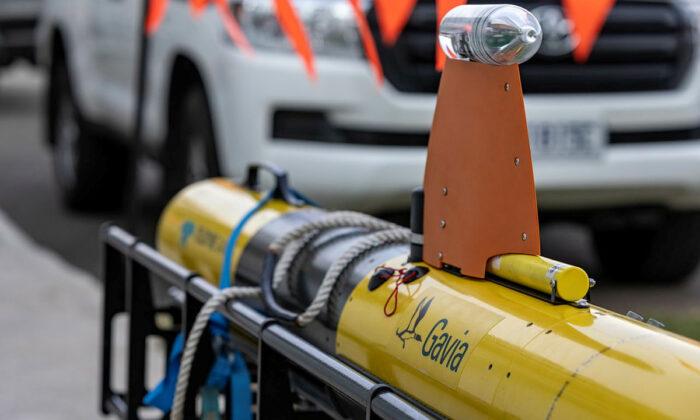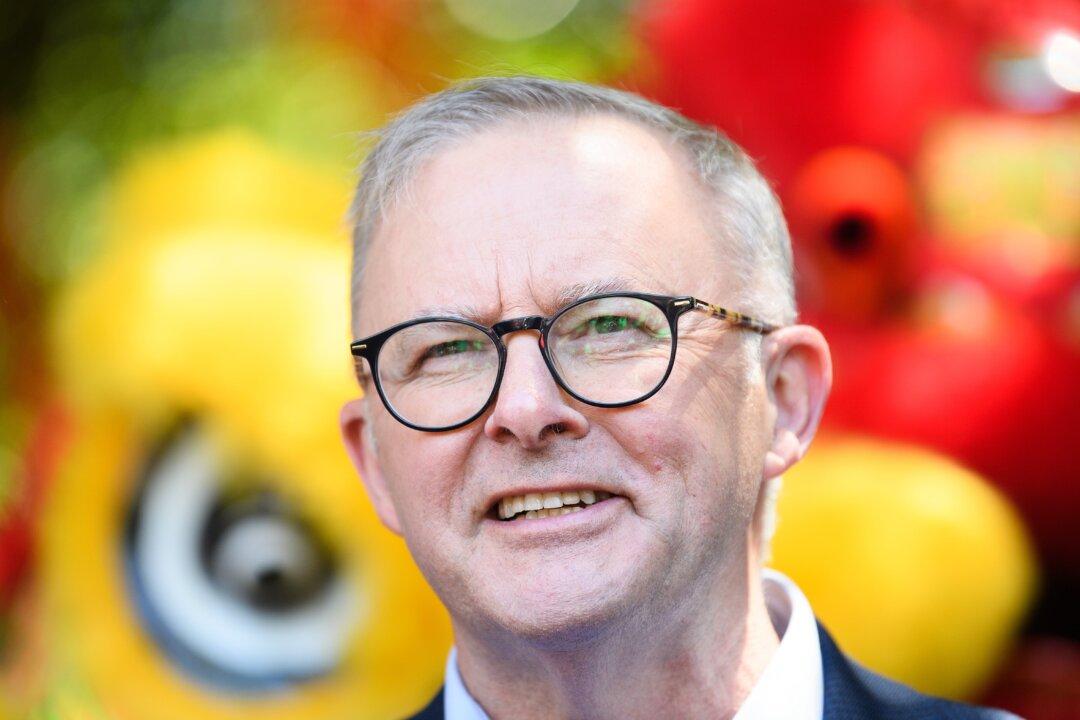Australia looks set to add another layer to its growing “porcupine” of defences amid increasing tensions from Beijing in the Indo-Pacific region.
The Defence Department has confirmed the government is considering the purchase of nearly $1 billion (US$700 million) worth of sea mines that will be deployed in the nation’s waters.
“Defence is accelerating the acquisition of smart sea mines, which will help to secure sea lines of communication and protect Australia’s maritime approaches,” the Defence Department told The Sydney Morning Herald in an exclusive report.
The sea mines being considered for acquisition can discriminate between military targets and civilian vessels. Further, they can be activated and deactivated to allow friendly ships to pass through a country’s sea passages.
Australia is considering spending between $500 million to $1 billion on the acquisition, likely from an Italian or Spanish contractor.
The acquisition is the latest in a series of purchases by the federal government—both Liberal-National and Labor—intended to beef-up the country’s defence force.
Just earlier this month, Labor Defence Minister Richard Marles announced the government would acquire the long-range High Mobility Artillery Rocket System (HIMARS), which has been deployed heavily in the Ukraine War.
Australia Walking Fine Line Between Tension and Trade
It also comes as the Labor government continues working on a “thawing” of trade relations with Beijing with Assistant Trade Minister Tim Ayres managing to set up a virtual meeting with his counterpart.Beijing has left the door ajar for a normalisation of relations with Australia following an extensive two-year trade war campaign against the country’s exporters in response to calls from former Liberal Party Foreign Minister Marise Payne for an investigation into COVID-19’s origins.
While, Beijing refused to speak with the former Liberal-National government ministers, the election of a Labor government saw the Chinese Communist Party soften its tone.
“We have big differences to manage,” he said while pushing for trade sanctions to be removed for Australian exports.
Militaries Building Up Steadily
Meanwhile, governments in the region, including those of Taiwan, Japan, and South Korea, have all undertaken similar measures to strengthen their defence forces in the face of Beijing’s military build-up.Just last week, the People’s Liberation Army (PLA) Navy undertook a series of “confrontational drills” in the South China Sea, according to state media reports.
The drills apparently simulated hostile aircraft attacks and saw Chinese J-15 fighter jets take off from the Shandong aircraft carrier group to carry out interception training, according to a statement from the PLA.
The South China Sea now contains several manmade islands constructed by Beijing.





